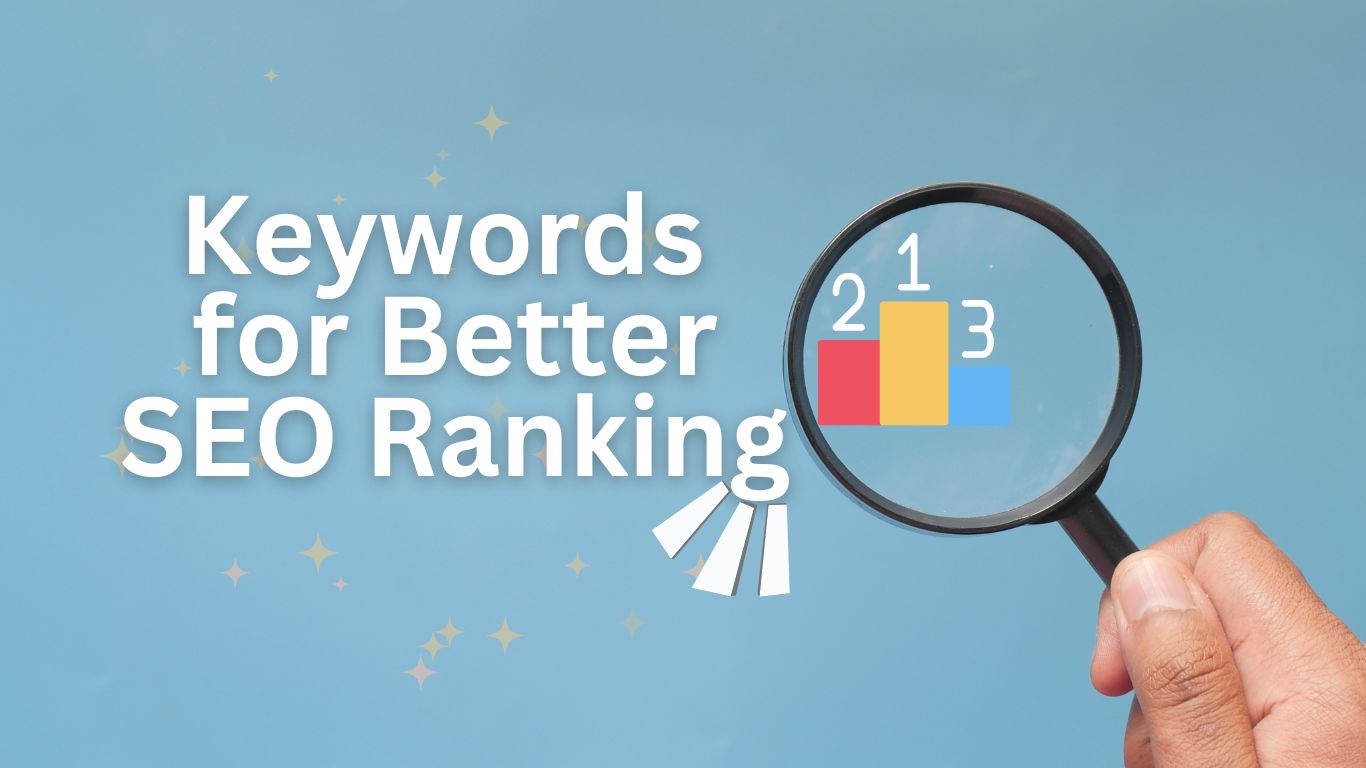Table of Contents
Did you know that search engine optimization (SEO) can boost your website traffic by over 1000%? That’s right! But if you’re new to the world of SEO, it can feel like navigating a complex maze. Where do you even start? How do you make sure Google actually sees your awesome content?
I get it. I remember feeling completely overwhelmed when I first dipped my toes into the SEO pool. Terms like “keyword stuffing” and “backlinks” sounded like alien languages. But trust me, with a little guidance, anyone can learn the basics and start seeing real results. This guide is specifically for beginners like you, designed to break down the fundamentals of search engine optimization in a way that’s easy to understand.
What is SEO and Why Should You Care?
At its core, SEO is about making your website more visible to people who are searching for things related to your business or content online. When someone types a query into Google, Bing, or any other search engine, these engines crawl the web looking for the best and most relevant results. SEO helps you tell those search engines, “Hey, my website is exactly what this person is looking for!”
Think of it like this: Imagine you’re opening a lemonade stand. You could just put it in your backyard and hope people find it. Or, you could put a big, bright sign out on the street, telling everyone what you’re selling. SEO is that big, bright sign for your website.
Key Strategies for SEO Success
So, how do you put up that sign? Here are some crucial strategies to get you started:
1. Keyword Research: Finding the Right Words
Keywords are the terms people use when searching for information online. Your goal is to identify the keywords that are relevant to your business and incorporate them into your website content.
Brainstorming: Start by thinking about what your target audience would type into Google to find your products or services.
Keyword Research Tools: Use tools like Google Keyword Planner, Ahrefs, or SEMrush to find keywords with good search volume and low competition.
Long-Tail Keywords: Focus on longer, more specific phrases (e.g., “best organic dog food for senior dogs”) to attract a more targeted audience.
2. On-Page Optimization: Making Your Website Search Engine Friendly
This involves optimizing various elements on your website to improve its ranking.
Title Tags: Craft compelling title tags that include your primary keyword. Keep them under 60 characters.
Meta Descriptions: Write concise meta descriptions (under 160 characters) that summarize the content of your page and entice users to click.
Header Tags (H1-H6): Use header tags to structure your content and highlight important topics. Use H1 for the main title and H2-H6 for subheadings.
Content Optimization: Create high-quality, informative, and engaging content that is relevant to your target keywords. Aim for long-form content (1000+ words) as it tends to rank better.
Image Optimization: Compress images to reduce file size and add descriptive alt text that includes your target keywords.
3. Off-Page Optimization: Building Your Website’s Authority
This involves activities outside of your website that help to build your website’s reputation and authority.
Link Building: Earn high-quality backlinks from other reputable websites. This is one of the most important factors in SEO.
Social Media Marketing: Promote your content on social media to drive traffic and increase brand awareness.
Online Reputation Management: Monitor your online reputation and respond to reviews and comments.
4. Technical SEO: Ensuring a Smooth User Experience
Technical SEO deals with the behind-the-scenes aspects of your website that affect its search engine ranking.
Website Speed: Optimize your website for speed. Use tools like Google PageSpeed Insights to identify and fix any performance issues.
Mobile Friendliness: Make sure your website is mobile-friendly. Google uses mobile-first indexing, which means it primarily uses the mobile version of your website for indexing and ranking.
Site Architecture: Create a clear and logical site structure that makes it easy for search engines to crawl and index your website.
XML Sitemap: Submit an XML sitemap to Google Search Console to help Google find and index your website pages.
Common SEO Mistakes to Avoid
Even experienced SEO professionals make mistakes. Here are a few common pitfalls to steer clear of:
Keyword Stuffing: Overusing keywords in your content can actually hurt your ranking. Focus on writing naturally and incorporating keywords where they make sense.
Ignoring Mobile Optimization: In today’s mobile-first world, neglecting mobile optimization is a major mistake.
Neglecting Content Quality: High-quality, engaging content is essential for SEO success. Don’t just focus on keywords; focus on providing value to your audience.
Buying Backlinks: Purchasing backlinks is against Google’s guidelines and can result in penalties.
Tools to Help You Succeed
Luckily, you don’t have to do everything manually. Several excellent tools can help you with your SEO efforts:
| Tool | Description | |
|---|---|---|
| ———————- | ———————————————————————————————————- | |
| Google Search Console | A free tool from Google that allows you to monitor your website’s performance in search results. | |
| Google Analytics | A free tool from Google that provides detailed insights into your website traffic. | |
| Ahrefs | A comprehensive SEO tool that offers keyword research, backlink analysis, and competitor analysis. | |
| SEMrush | Another all-in-one SEO tool that provides keyword research, site audits, and rank tracking features. | |
| Moz Pro | A popular SEO tool that offers keyword research, link building, and on-page optimization tools. |
“SEO is not something you do once. It’s an ongoing process.” – I firmly believe this, having witnessed firsthand how consistent effort leads to lasting results.
Expert Insights and Tips
Here are a few additional tips from my years in the SEO trenches:
Focus on User Experience: Google is increasingly prioritizing user experience when ranking websites. Make sure your website is easy to navigate, loads quickly, and provides a positive experience for visitors.
Stay Up-to-Date:SEO is constantly evolving. Stay up-to-date on the latest trends and algorithm updates by reading SEO blogs, attending webinars, and following SEO experts on social media.
Be Patient:SEO takes time. Don’t expect to see results overnight. It can take months to see a significant improvement in your search engine ranking.
Key Takeaways:
SEO is essential for increasing website visibility and driving traffic.
Keyword research is the foundation of any successful SEO strategy.
On-page optimization involves optimizing elements on your website, such as title tags, meta descriptions, and content.
Off-page optimization involves building your website’s authority through link building and social media marketing.
Technical SEO ensures that your website is fast, mobile-friendly, and easy to crawl.
Frequently Asked Questions (FAQs)
What is SEO for beginners?Search engine optimization is the process of optimizing your website to rank higher in search engine results pages (SERPs), such as Google, Bing, and Yahoo.
How do I find the right keywords? Use keyword research tools like Google Keyword Planner, Ahrefs, or SEMrush to find keywords with good search volume and low competition.
How long does it take to see results from SEO? It can take months to see a significant improvement in your search engine ranking.
What is a backlink? A backlink is a link from another website to your website. Backlinks are a crucial factor in SEO.
Is SEO worth it? Yes! While it takes time and effort, the potential return on investment for successful SEO is substantial. I’ve seen small businesses skyrocket their growth just by focusing on these key areas.
Before concluding let’s take advice from the world’s popular news publication like BBC, they are teaching SEO friendly best practices for websites that could help your sites to get ranked. and from HubSpot, here is another resource where you will get all the possible information from SEO for beginners.
Conclusion:
Getting started with SEO might seem daunting, but it doesn’t have to be. By focusing on the key strategies outlined in this guide, you can start improving your website’s visibility and driving more traffic. Remember to stay patient, be consistent, and focus on providing value to your audience.
Ready to take your SEO skills to the next level? Sign up for our free email course to learn more advanced SEO techniques and strategies! Let’s start building your online success today!



